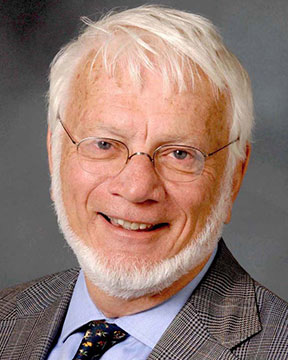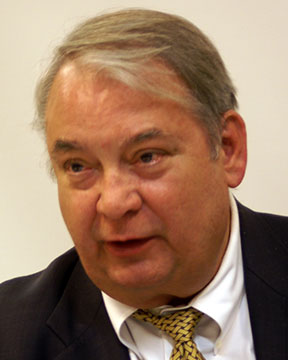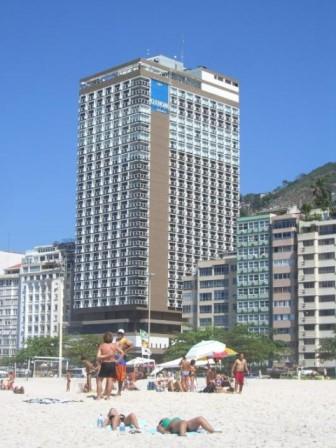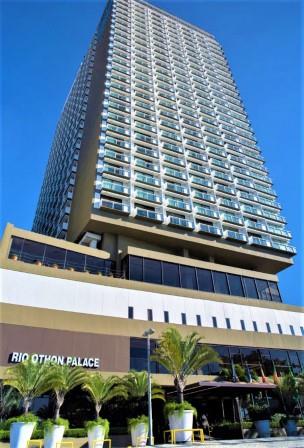ORALS
SESSION: SISAMMonPM3-R5
H2-Storage Advanced Materials | Zehetbauer International Symposium on Science of Intelligent and Sustainable Advanced Materials (4th Intl. Symp. on Science of Intelligent and Sustainable Advanced Materials (SISAM)) |
| Mon Nov, 5 2018 / Room: Copacabana A (150/1st) | |
| Session Chairs: Zenji Horita; Christine Borchers; Session Monitor: TBA |
17:40: [SISAMMonPM313] Invited
Effect of Hydrogen on Generation of Lattice Defects and Defect Hardening of Plastically Deformed Palladium Yuzeng
Chen1 ; Daria
Setman
2 ; Jakub
Cizek
3 ;
Christine
Borchers4 ; Reiner
Kirchheim
5 ; Martin
Deutges
6 ;
1Northwestern Polytechnic University, Xi'an, China;
2University of Vienna, Vienna, Austria;
3Charles University in Prague, Prague, Czech Republic;
4Universität Göttingen, Goettingen, Germany;
5Universität Göttingen, 37077 Goettingen, Germany;
6Universität Göttingen, Göttingen, Germany;
Paper Id: 312
[Abstract] Palladium-hydrogen system is widely used as a model system for investigating behaviors of hydrogen in metals. In this work, we applied different ways of loading on palladium-hydrogen alloys to investigate the effect of hydrogen on generation of lattice defects in palladium subjected to plastic deformation. In cold-rolled palladium-hydrogen alloys, it is shown that hydrogen solute significantly enhances the multiplication of dislocations during deformation, which will give rise to dislocation densities in the cold-rolled metals and results in hardening of the metals. Under the severely plastic deformation condition, the hydrogen solute is found to increase both the densities of deformation induced vacancy agglomerates and of dislocations, while the former also contribute significantly to hardening of the metals. When the alloys are subjected to ultra-fast loading (strain rate up to 10<sup>3</sup> s<sup>-1</sup>) exerted by a Split-Hopkinson apparatus, the addition of hydrogen leads to the increase in vacancy concentration and dislocation density, too. In this case, the increase in dislocation density is believed to play a major role in hardening palladium.
References:
[1] Y.Z. Chen, X.Y. Ma, X.H. Shi, T. Suo, C. Borchers, K.H. Zhang, F. Liu, R. Kirchheim. Hardening effects in plastically deformed Pd with the addition of Hi. Scripta Materialia. 2015. 98. 48-51
[2] M. Deutges, H.P. Barth, Y.Z. Chen, C. Borchers, R. Kirchheim, Hydrogen diffusivities as a measure of relative dislocation densities in palladium and increase of the density by plastic deformation in the presence of dissolved hydrogen, Acta Materialia 82 (2015) 266-274.
[3] Y.Z. Chen, H. P. Barth, M. Deutges, C. Borchers, F. Liu, R. Kirchheim*. Increase in dislocation density in cold-deformed Pd using H as a temporary alloying addition. Scripta Materialia. 2013, 68(9): 743-746
[4] Melikhova, O.,Cizek, J., Chen, Y.Z., Suo, T., Prochazka, I., Liu, F, Effect of hydrogen on generation of lattice defects in shock-loaded Pd, Journal of Alloys and Compounds, 2015, Vol. 645: S472-S475



















